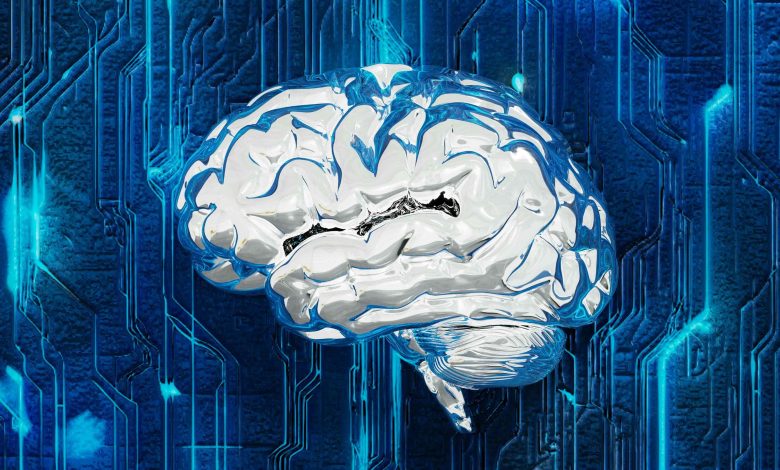
AI isn’t replacing people. It’s replacing hesitation.
Most companies don’t die from bad decisions. They die from the slow ones, because in a world where algorithms move faster than committees, “slow” has become the new “wrong.”
The best leaders know automation isn’t the prize. Accuracy is.
From Instinct to Inference
In 2001, Jack Welch titled his autobiography Straight from the Gut. Back then, instinct was everything. The great executives trusted their judgment and moved before the data caught up.
Two decades later, that same gut is being measured. Machine learning has taken what used to be intuition and turned it into inference. Patterns become probabilities. Guesses become gradients.
It’s not glamorous. No robots. No sci-fi soundtrack. Just data doing what the gut used to do, only faster, quieter, and without the raging ego.
And that’s the point. AI doesn’t replace the human. It gives the human better odds.
Case Study: Transcription Transformed in Healthcare
In 2024, one of our healthcare clients in California saw what was coming. The 2025 minimum wage law was about to raise labor costs past the breaking point. Fifteen medical transcriptionists, talented and diligent but expensive, were about to tip the balance.
Each made $16 an hour totaling around $38,400 a month (not including benefits).
The alternative?
An AI transcription system only costing $1.25 per note or roughly $13,200 a month.
The result? An immediate $25,000 in monthly savings.
The client didn’t hesitate.
The change went live in January 2025. Notes that could take days to process were ready in minutes. Doctors reviewed charts between appointments instead of at the end of the day.
The people who stayed audited the AI’s work and refocused their skills on the context and details AI still misses. The work got leaner, faster, smarter. And if you’ve ever watched a doctor try to update their notes at midnight, you know lag is a disease worth curing.
Case Study: The Butterfly Brain and Energy Efficient AI
At Penn State, researchers studying Heliconius butterflies found that the insects combine scent and sight with almost no energy cost. They used that discovery to design an AI model that fuses multisensory data while consuming a fraction of the usual compute power.
Less energy. Same intelligence.
It’s a glimpse of where AI is headed. The future isn’t about building bigger models; it’s about building smarter ones. Intelligence per watt is the new arms race.
For every company watching its cloud bills climb (and every company is), that shift matters. Efficiency is strategy now.
Case Study: Allstate and the AI Voice of the Customer
When Allstate began testing AI-generated communications, it wasn’t to cut staff. It was to cut friction. Claims agents handle thousands of emails each week, each with a different tone, mood, and margin for misunderstanding.
In 2024, Allstate’s generative AI system began drafting most of those emails, leaving agents to review and approve. The results were hard to ignore, faster replies, fewer tone complaints, and an uptick in satisfaction scores.
Executives said the AI wrote with more empathy and less defensiveness. It doesn’t get tired. It doesn’t take things personally. It just learns.
It’s not replacing the human voice. It’s refining it.
Somewhere Jack Welch is raising an eyebrow, wondering why no one told him he could’ve outsourced his temper (and maybe his heart rate).
The Pattern Behind the Patterns
Across industries, the story repeats. AI isn’t magic. It’s momentum.
It rewards clarity over scale and precision over volume. The companies that win in this new economy are the ones that think in systems, not side projects.
Jack Welch trusted his gut. Today’s leaders train theirs on data. The instinct remains. The inputs have changed.
AI won’t make business more human. But done right, it makes humans far more effective.
And that’s the trick. Technology won’t save you. But clarity might.

